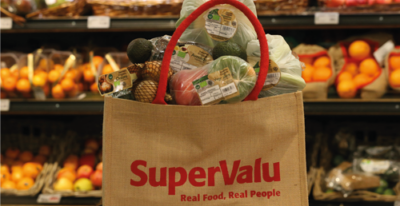
How to create effective email automation workflows
How to create effective email automation workflows
Email automation workflows are a series of automated emails that are triggered based on specific actions or events, such as sign-ups, purchases, or clicks. These workflows can help businesses to deliver personalised, targeted messages to their subscribers and increase engagement, conversions, and revenue. However, creating effective email automation workflows can be challenging, especially for businesses new to email marketing automation. In this blog, we will discuss how to create effective email automation workflows.
1. Define Your Goals and Objectives
The first step in creating an effective email automation workflow is to define your goals and objectives. What do you want to achieve with your email automation workflow? Do you want to increase sales, drive website traffic, or build brand awareness? Once you have defined your goals and objectives, you can develop a strategy to achieve them.
2. Map Out Your Workflow
The next step is to map out your email automation workflow. This involves identifying the triggers or events that will initiate your workflow, such as sign-ups or purchases, and the sequence of emails that will be sent. You should also consider the timing and frequency of your emails, as well as the content and messaging.
3. Personalise Your Emails
Personalisation is key to creating effective email automation workflows. By personalising your emails, you can deliver messages that are relevant and tailored to your subscribers’ interests and preferences. This can increase engagement and drive conversions. Personalisation can include things like including the subscriber’s name in the subject line or using dynamic content based on the subscriber’s behaviour.
4. Test and Optimise Your Workflow
Once your email automation workflow is up and running, it’s essential to test and optimise it continually. This involves monitoring key metrics such as open rates, click-through rates, and conversions, and making adjustments to improve performance. You should also consider A/B testing different elements of your workflow, such as subject lines or call-to-action buttons, to determine what works best for your audience.
5. Provide Valuable Content
Finally, it’s essential to provide valuable content in your emails. This can include things like informative blog posts, exclusive offers, or helpful resources. By providing valuable content, you can build trust and establish authority with your subscribers, which can increase engagement and drive conversions.
In conclusion, creating effective email automation workflows requires careful planning, personalisation, and continuous optimisation. By defining your goals and objectives, mapping out your workflow, personalising your emails, testing and optimising your workflow, and providing valuable content, you can create email automation workflows that engage your subscribers and drive results.
Circulator helps clients to create the most effective automated workflows and offers many other custom solutions that your business can benefit from.
Please don’t hesitate to contact us to find the right solutions for you.
You can also visit our blog for more email marketing and digital communication tips.




